Opinion & Analysis
How your shoulder blades can affect your club face: Part 2
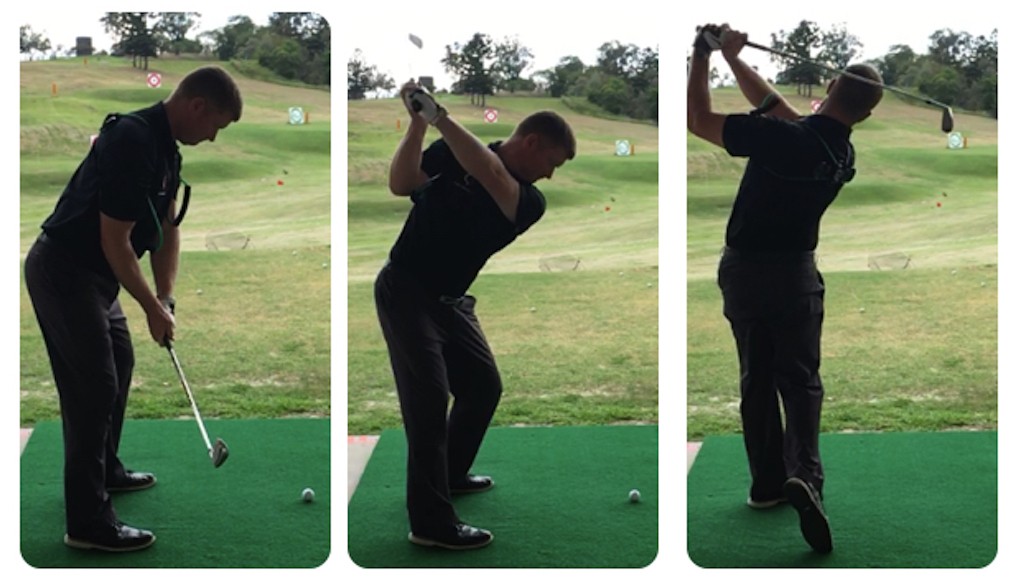
This article was co-authored with Chris Gibson, an Australian AAA-rated golf professional. His teaching philosophy focuses on simplicity and longevity in the game, providing help for golfers at all levels. He focuses on interpreting information from technology and applying it in the simplest way possible to help his students
Before you begin reading this article, make sure you have read Part 1 in this series, otherwise not much of this is going to make sense! Here, in Part 2, Chris and I are going to offer solutions that will help you to develop better stability and control of those all-important shoulder blades.
But first, in response to requests for a more detailed photographic explanation, we will also show you the good and bad of scapula-positioning when standing upright and in a golf setup. The two models featured are an underdeveloped teen who has poor scapula control, and a top-100 player in the world who has five years of scapula stability training under his belt (in addition to other training).
You can see that in Pic 1; the teen had a lack of bulk and activation in the muscles surrounding the scapula and it appears to poke through the skin. This leads to the right shoulder sitting very low and internally rotated at set up (Pics 2 and 3), which as we suggested in Part 1 of this article, makes it ultimately more difficult to control the clubface consistently. Where as the more trained athlete (whilst still not perfect: right shoulder is low) holds his scapula better in standing and set up, which we believe gives him a better chance to repeatedly control the clubface efficiently in his action.
Pic 1
Pic 2
Pic 3
Hopefully that clears things up for you and we can finally offer you a solution to training those scaps. The scapula is notoriously difficult to control; instinctively, we generally have poor awareness and usually aren’t very strong or stable in the muscles that surround it. Training of these muscles can be be tricky and complicated, so we have tried to simplify it for you by delivering two sets of simple exercises that we use as a starting point for many of the players (elite or otherwise) that we work with.
These simple drills can be done using either a piece of rubber tubing or more ideally, the training piece you will see in the photos called the Gravity Fit Thoracic Pro.
We have created one mini program for home and one mini program for the practice range. The movements are simple and don’t require any kind of in-depth anatomical knowledge to perform them correctly. We have supplied photos and descriptions of how to perform the movements, but also welcome questions and queries.
Home Exercises
Circuit – 3 Rounds – 30 seconds of rest between exercises.
- Tubing Push Out – Thoracic Pro – 12 reps
- Wall Push Up – Thoracic Pro – 12 reps
- Set Up Posture Drill – Thoracic Pro – 45 secs
- Waist to Waist Turns – Thoracic Pro – 10 reps
1. Tubing Push Out
- Purpose: Training scapula awareness, control and endurance
- Method: Stand tall, press arms forward keeping shoulder blades and spine connected to back paddle, turn palms up as you near end range. Control back to start position and repeat.
2. Wall Push Up
- Purpose: Training scapula awareness, control and endurance.
- Method: Stand tall, lower your chest toward the wall keeping your shoulder blades and spine connected to back paddle. Control back to start position and repeat.
3. Set Up Posture Drill
- Purpose: Training scapula awareness, control and endurance in golf setup.
- Method: In golf set up with hands in tubing, turn shoulders/elbows/hands outwards. Gently pulse hands against tubing.
4. Waist to Waist Turns
Purpose: Training scapula awareness, control and endurance in rotation movement pattern.
Method: In golf setup with hands in tubing, turn shoulders/elbows/hands outwards. Turn into backswing then turn into follow through. Maintain shoulder/elbow/hand positioning all the way through.
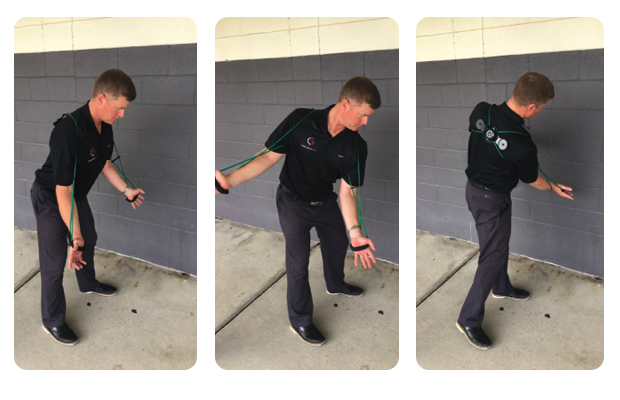 Range Drills
Range Drills
Circuit – 10 rounds – 20 secs rest between drills
- Set Up Posture Drill – Thoracic Pro – 20 secs
- Waist to Waist Turns – Thoracic Pro – 10 reps
- Preset, Backswing to Impact – 5 reps
- Preset, backswing to hit ball – 3 reps
1. Set Up Posture Drill
- Purpose: Training scapula awareness, control and endurance in golf setup.
- Method: In golf set up with hands in tubing, turn shoulders/elbows/hands outwards. Gently pulse hands against tubing.
2. Waist to Waist Turns
- Purpose: Training scapula awareness, control and endurance in rotation movement pattern.
- Method: In golf set up with hands in tubing, turn shoulders/elbows/hands outwards. Turn into backswing then turn into follow through. Maintain shoulder/elbow/hand positioning all the way through.
3. Preset, Backswing to Impact
- Purpose: Practice first move, top of backswing and back to impact in controlled manner. Opportunity to discover what positions feel like with quality scapular control under low load (moving slowly).
- Method: Set club parallel to ground with good shoulder position (connected scapulae), slowly swing up to top of 3/4 backswing and back to impact.
4. Preset, backswing to hit ball
- Purpose: Taking the movement patterns and control of the scapula and applying it to hitting balls.
- Method: Set club parallel to ground with good shoulder position (connected scapulae), complete rest of swing and impact at normal speed
The equipment featured in the exercises is called a Gravity Fit Thoracic Pro. It was conceived and designed by a world leading scientist in the field of physiotherapy. Designed for the specific task of training stability and strength in the shoulder girdle and scapula, it also works really nicely when applying that quality to dynamic rotation in a golf swing context. We love using it with our students and you can get one here: www.golffitproshop.com.
- LIKE45
- LEGIT10
- WOW3
- LOL1
- IDHT1
- FLOP1
- OB1
- SHANK32
19th Hole
Vincenzi’s 2024 Zurich Classic of New Orleans betting preview

The PGA TOUR heads to New Orleans to play the 2023 Zurich Classic of New Orleans. In a welcome change from the usual stroke play, the Zurich Classic is a team event. On Thursday and Saturday, the teams play best ball, and on Friday and Sunday the teams play alternate shot.
TPC Louisiana is a par 72 that measures 7,425 yards. The course features some short par 4s and plenty of water and bunkers, which makes for a lot of exciting risk/reward scenarios for competitors. Pete Dye designed the course in 2004 specifically for the Zurich Classic, although the event didn’t make its debut until 2007 because of Hurricane Katrina.
Coming off of the Masters and a signature event in consecutive weeks, the field this week is a step down, and understandably so. Many of the world’s top players will be using this time to rest after a busy stretch.
However, there are some interesting teams this season with some stars making surprise appearances in the team event. Some notable teams include Patrick Cantlay and Xander Schauffele, Rory McIlroy and Shane Lowry, Collin Morikawa and Kurt Kitayama, Will Zalatoris and Sahith Theegala as well as a few Canadian teams, Nick Taylor and Adam Hadwin and Taylor Pendrith and Corey Conners.
Past Winners at TPC Louisiana
- 2023: Riley/Hardy (-30)
- 2022: Cantlay/Schauffele (-29)
- 2021: Leishman/Smith (-20)
- 2019: Palmer/Rahm (-26)
- 2018: Horschel/Piercy (-22)
- 2017: Blixt/Smith (-27)
2024 Zurich Classic of New Orleans Picks
Tom Hoge/Maverick McNealy +2500 (DraftKings)
Tom Hoge is coming off of a solid T18 finish at the RBC Heritage and finished T13 at last year’s Zurich Classic alongside Harris English.
This season, Hoge is having one of his best years on Tour in terms of Strokes Gained: Approach. In his last 24 rounds, the only player to top him on the category is Scottie Scheffler. Hoge has been solid on Pete Dye designs, ranking 28th in the field over his past 36 rounds.
McNealy is also having a solid season. He’s finished T6 at the Waste Management Phoenix Open and T9 at the PLAYERS Championship. He recently started working with world renowned swing coach, Butch Harmon, and its seemingly paid dividends in 2024.
Keith Mitchell/Joel Dahmen +4000 (DraftKings)
Keith Mitchell is having a fantastic season, finishing in the top-20 of five of his past seven starts on Tour. Most recently, Mitchell finished T14 at the Valero Texas Open and gained a whopping 6.0 strokes off the tee. He finished 6th at last year’s Zurich Classic.
Joel Dahmen is having a resurgent year and has been dialed in with his irons. He also has a T11 finish at the PLAYERS Championship at TPC Sawgrass which is another Pete Dye track. With Mitchell’s length and Dahmen’s ability to put it close with his short irons, the Mitchell/Dahmen combination will be dangerous this week.
Taylor Moore/Matt NeSmith +6500 (DraftKings)
Taylor Moore has quickly developed into one of the more consistent players on Tour. He’s finished in the top-20 in three of his past four starts, including a very impressive showing at The Masters, finishing T20. He’s also finished T4 at this event in consecutive seasons alongside Matt NeSmith.
NeSmith isn’t having a great 2024, but has seemed to elevate his game in this format. He finished T26 at Pete Dye’s TPC Sawgrass, which gives the 30-year-old something to build off of. NeSmith is also a great putter on Bermudagrass, which could help elevate Moore’s ball striking prowess.
- LIKE6
- LEGIT1
- WOW1
- LOL0
- IDHT0
- FLOP2
- OB1
- SHANK1
19th Hole
Vincenzi’s 2024 LIV Adelaide betting preview: Cam Smith ready for big week down under

After having four of the top twelve players on the leaderboard at The Masters, LIV Golf is set for their fifth event of the season: LIV Adelaide.
For both LIV fans and golf fans in Australia, LIV Adelaide is one of the most anticipated events of the year. With 35,000 people expected to attend each day of the tournament, the Grange Golf Club will be crawling with fans who are passionate about the sport of golf. The 12th hole, better known as “the watering hole”, is sure to have the rowdiest of the fans cheering after a long day of drinking some Leishman Lager.
The Grange Golf Club is a par-72 that measures 6,946 yards. The course features minimal resistance, as golfers went extremely low last season. In 2023, Talor Gooch shot consecutive rounds of 62 on Thursday and Friday, giving himself a gigantic cushion heading into championship Sunday. Things got tight for a while, but in the end, the Oklahoma State product was able to hold off The Crushers’ Anirban Lahiri for a three-shot victory.
The Four Aces won the team competition with the Range Goats finishing second.
*All Images Courtesy of LIV Golf*
Past Winners at LIV Adelaide
- 2023: Talor Gooch (-19)
Stat Leaders Through LIV Miami
Green in Regulation
- Richard Bland
- Jon Rahm
- Paul Casey
Fairways Hit
- Abraham Ancer
- Graeme McDowell
- Henrik Stenson
Driving Distance
- Bryson DeChambeau
- Joaquin Niemann
- Dean Burmester
Putting
- Cameron Smith
- Louis Oosthuizen
- Matt Jones
2024 LIV Adelaide Picks
Cameron Smith +1400 (DraftKings)
When I pulled up the odds for LIV Adelaide, I was more than a little surprised to see multiple golfers listed ahead of Cameron Smith on the betting board. A few starts ago, Cam finished runner-up at LIV Hong Kong, which is a golf course that absolutely suits his eye. Augusta National in another course that Smith could roll out of bed and finish in the top-ten at, and he did so two weeks ago at The Masters, finishing T6.
At Augusta, he gained strokes on the field on approach, off the tee (slightly), and of course, around the green and putting. Smith able to get in the mix at a major championship despite coming into the week feeling under the weather tells me that his game is once again rounding into form.
The Grange Golf Club is another course that undoubtedly suits the Australian. Smith is obviously incredibly comfortable playing in front of the Aussie faithful and has won three Australian PGA Championship’s. The course is very short and will allow Smith to play conservative off the tee, mitigating his most glaring weakness. With birdies available all over the golf course, there’s a chance the event turns into a putting contest, and there’s no one on the planet I’d rather have in one of those than Cam Smith.

Louis Oosthuizen +2200 (DraftKings)
Louis Oosthuizen has simply been one of the best players on LIV in the 2024 seas0n. The South African has finished in the top-10 on the LIV leaderboard in three of his five starts, with his best coming in Jeddah, where he finished T2. Perhaps more impressively, Oosthuizen finished T7 at LIV Miami, which took place at Doral’s “Blue Monster”, an absolutely massive golf course. Given that Louis is on the shorter side in terms of distance off the tee, his ability to play well in Miami shows how dialed he is with the irons this season.
In addition to the LIV finishes, Oosthuizen won back-to-back starts on the DP World Tour in December at the Alfred Dunhill Championship and the Mauritus Open. He also finished runner-up at the end of February in the International Series Oman. The 41-year-old has been one of the most consistent performers of 2024, regardless of tour.
For the season, Louis ranks 4th on LIV in birdies made, T9 in fairways hit and first in putting. He ranks 32nd in driving distance, but that won’t be an issue at this short course. Last season, he finished T11 at the event, but was in decent position going into the final round but fell back after shooting 70 while the rest of the field went low. This season, Oosthuizen comes into the event in peak form, and the course should be a perfect fit for his smooth swing and hot putter this week.

- LIKE10
- LEGIT2
- WOW0
- LOL0
- IDHT0
- FLOP0
- OB0
- SHANK0
Opinion & Analysis
The Wedge Guy: What really makes a wedge work? Part 1

Of all the clubs in our bags, wedges are almost always the simplest in construction and, therefore, the easiest to analyze what might make one work differently from another if you know what to look for.
Wedges are a lot less mysterious than drivers, of course, as the major brands are working with a lot of “pixie dust” inside these modern marvels. That’s carrying over more to irons now, with so many new models featuring internal multi-material technologies, and almost all of them having a “badge” or insert in the back to allow more complex graphics while hiding the actual distribution of mass.
But when it comes to wedges, most on the market today are still single pieces of molded steel, either cast or forged into that shape. So, if you look closely at where the mass is distributed, it’s pretty clear how that wedge is going to perform.
To start, because of their wider soles, the majority of the mass of almost any wedge is along the bottom third of the clubhead. So, the best wedge shots are always those hit between the 2nd and 5th grooves so that more mass is directly behind that impact. Elite tour professionals practice incessantly to learn to do that consistently, wearing out a spot about the size of a penny right there. If impact moves higher than that, the face is dramatically thinner, so smash factor is compromised significantly, which reduces the overall distance the ball will fly.
Every one of us, tour players included, knows that maddening shot that we feel a bit high on the face and it doesn’t go anywhere, it’s not your fault.
If your wedges show a wear pattern the size of a silver dollar, and centered above the 3rd or 4th groove, you are not getting anywhere near the same performance from shot to shot. Robot testing proves impact even two to three grooves higher in the face can cause distance loss of up to 35 to 55 feet with modern ‘tour design’ wedges.
In addition, as impact moves above the center of mass, the golf club principle of gear effect causes the ball to fly higher with less spin. Think of modern drivers for a minute. The “holy grail” of driving is high launch and low spin, and the driver engineers are pulling out all stops to get the mass as low in the clubhead as possible to optimize this combination.
Where is all the mass in your wedges? Low. So, disregarding the higher lofts, wedges “want” to launch the ball high with low spin – exactly the opposite of what good wedge play requires penetrating ball flight with high spin.
While almost all major brand wedges have begun putting a tiny bit more thickness in the top portion of the clubhead, conventional and modern ‘tour design’ wedges perform pretty much like they always have. Elite players learn to hit those crisp, spinny penetrating wedge shots by spending lots of practice time learning to consistently make contact low in the face.
So, what about grooves and face texture?
Grooves on any club can only do so much, and no one has any material advantage here. The USGA tightly defines what we manufacturers can do with grooves and face texture, and modern manufacturing techniques allow all of us to push those limits ever closer. And we all do. End of story.
Then there’s the topic of bounce and grinds, the most complex and confusing part of the wedge formula. Many top brands offer a complex array of sole configurations, all of them admittedly specialized to a particular kind of lie or turf conditions, and/or a particular divot pattern.
But if you don’t play the same turf all the time, and make the same size divot on every swing, how would you ever figure this out?
The only way is to take any wedge you are considering and play it a few rounds, hitting all the shots you face and observing the results. There’s simply no other way.
So, hopefully this will inspire a lively conversation in our comments section, and I’ll chime in to answer any questions you might have.
And next week, I’ll dive into the rest of the wedge formula. Yes, shafts, grips and specifications are essential, too.
- LIKE31
- LEGIT7
- WOW1
- LOL1
- IDHT2
- FLOP3
- OB1
- SHANK3
-

 19th Hole2 weeks ago
19th Hole2 weeks agoDave Portnoy places monstrous outright bet for the 2024 Masters
-

 19th Hole2 weeks ago
19th Hole2 weeks agoTiger Woods arrives at 2024 Masters equipped with a putter that may surprise you
-

 19th Hole17 hours ago
19th Hole17 hours ago‘Absolutely crazy’ – Major champ lays into Patrick Cantlay over his decision on final hole of RBC Heritage
-

 19th Hole3 weeks ago
19th Hole3 weeks agoReport: Tiger Woods has ‘eliminated sex’ in preparation for the 2024 Masters
-

 19th Hole1 week ago
19th Hole1 week agoTwo star names reportedly blanked Jon Rahm all week at the Masters
-

 19th Hole7 days ago
19th Hole7 days agoReport: LIV Golf identifies latest star name they hope to sign to breakaway tour
-

 19th Hole1 week ago
19th Hole1 week agoNeal Shipley presser ends in awkward fashion after reporter claims Tiger handed him note on 8th fairway
-

 19th Hole6 days ago
19th Hole6 days agoBrandel Chamblee has ‘no doubt’ who started the McIlroy/LIV rumor and why

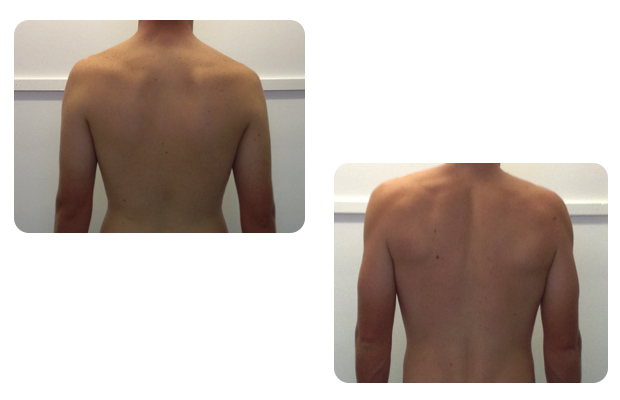
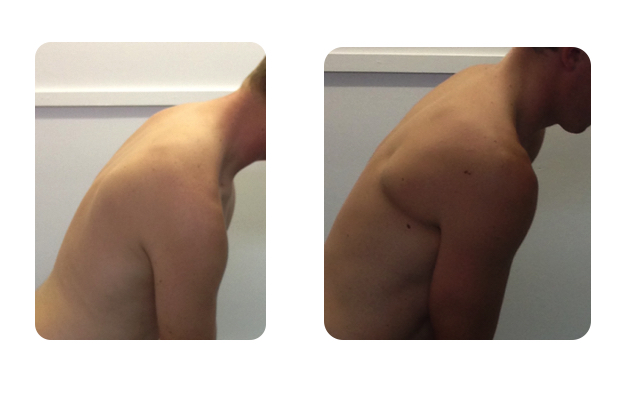
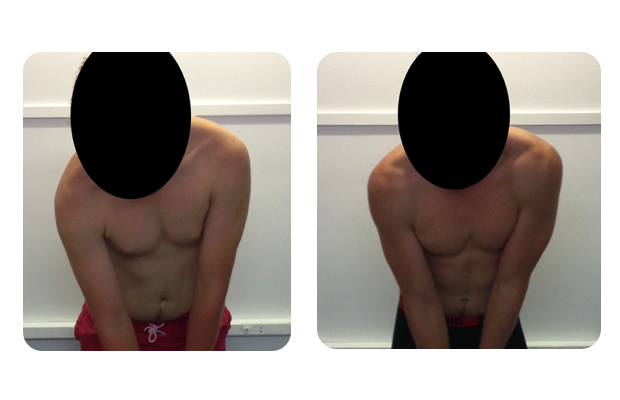
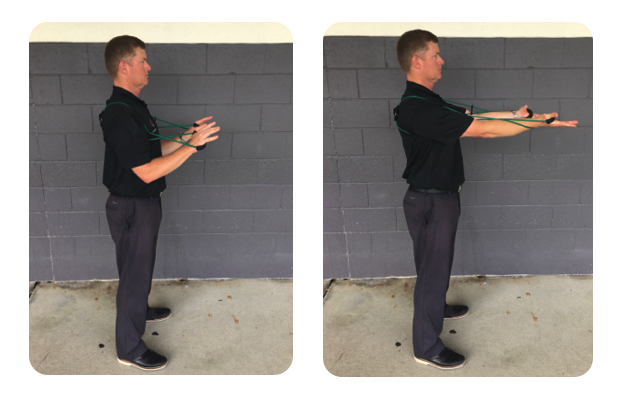
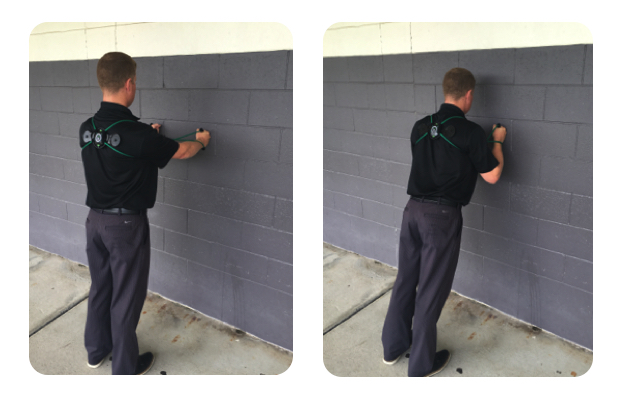
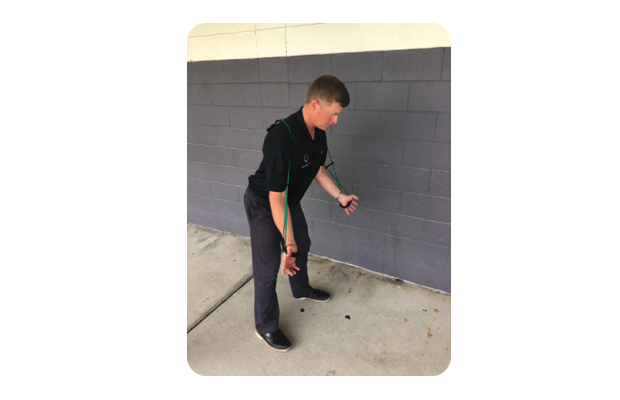
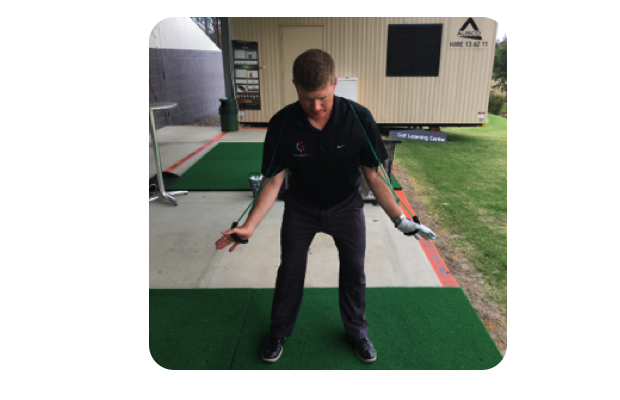
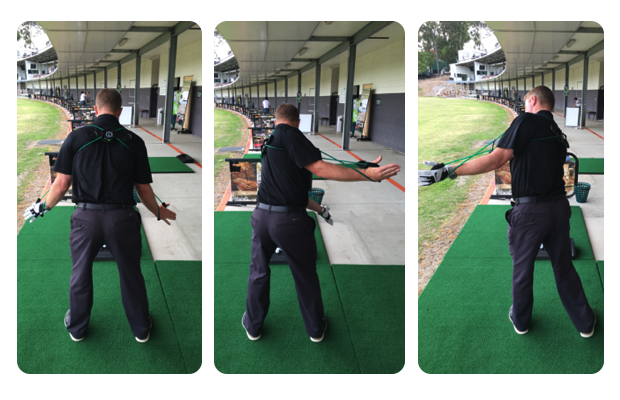
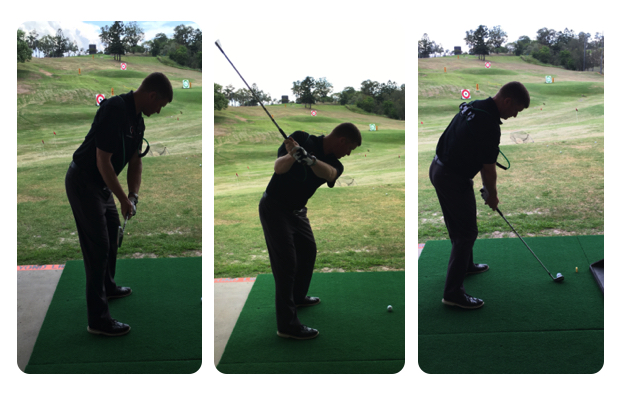
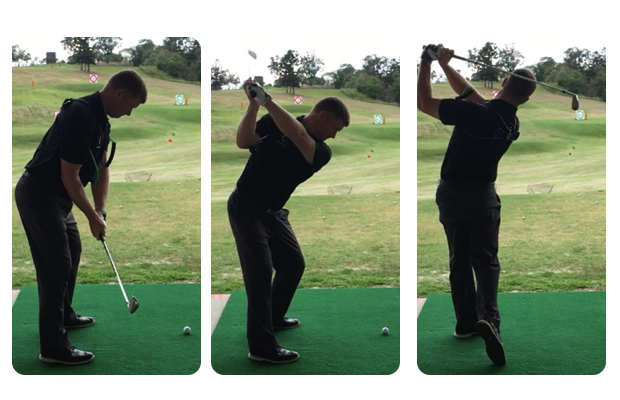



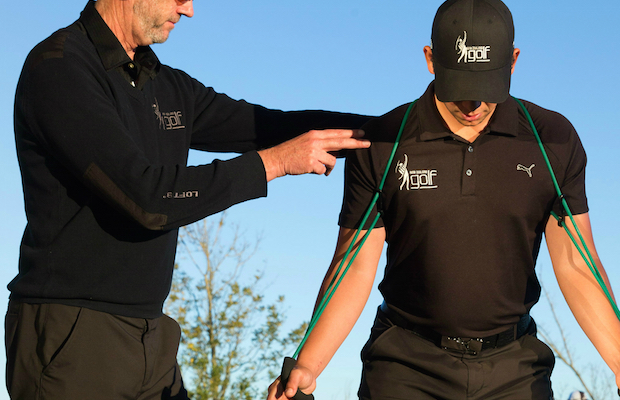
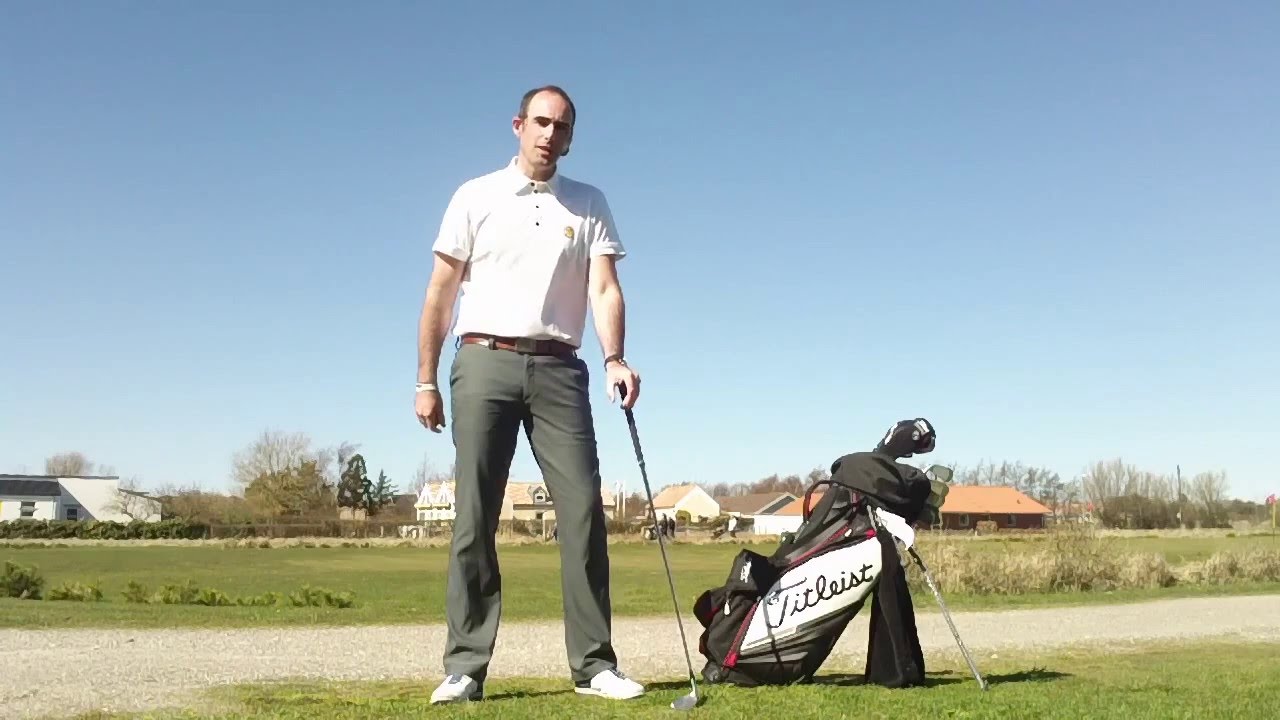
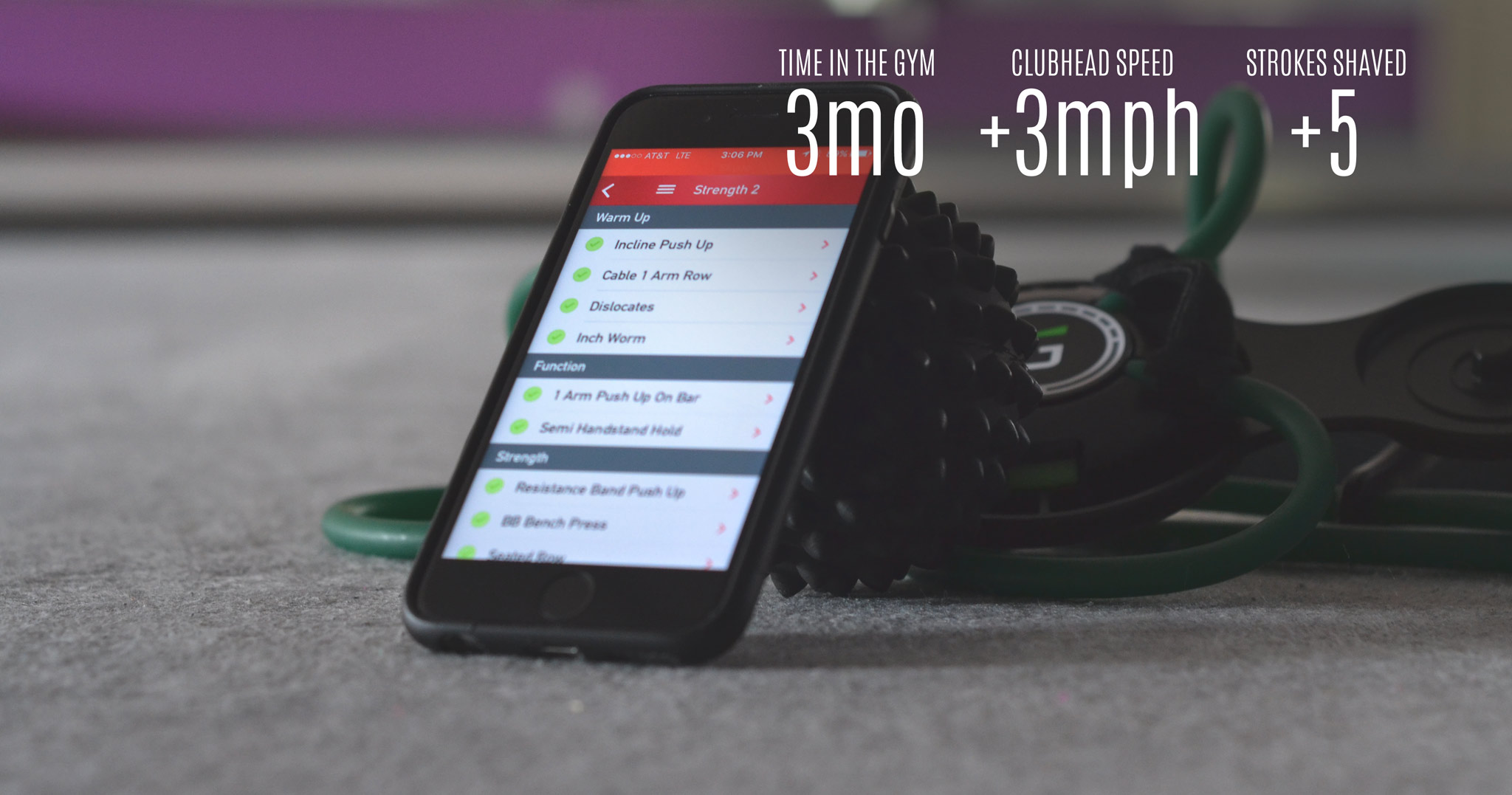
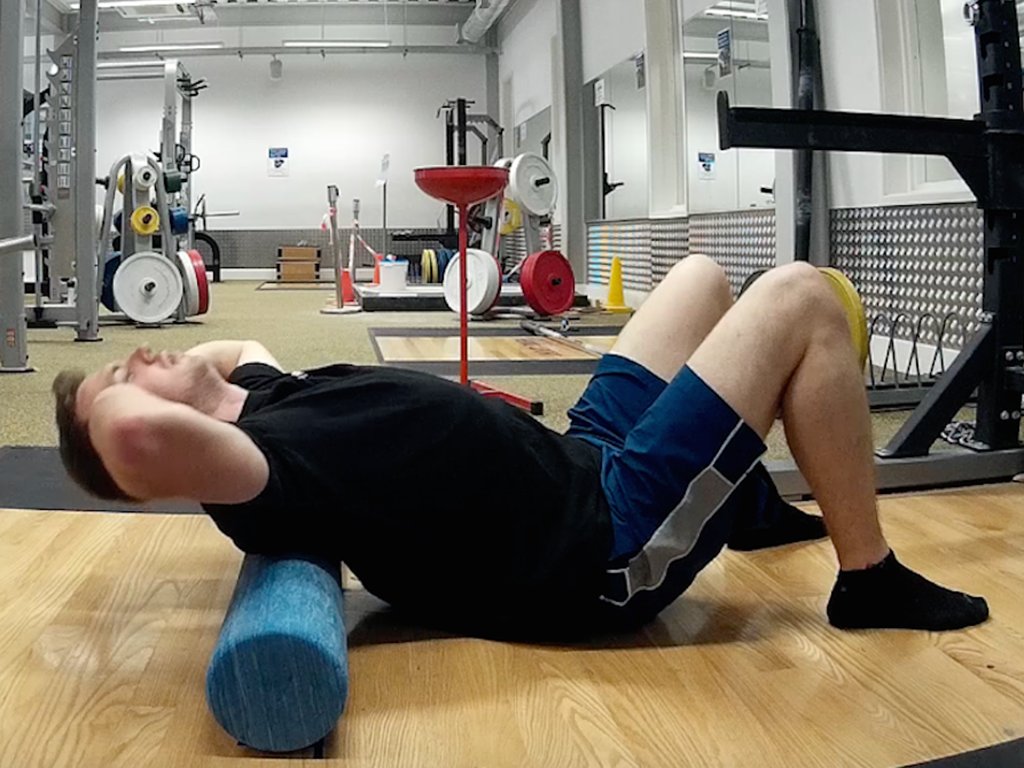
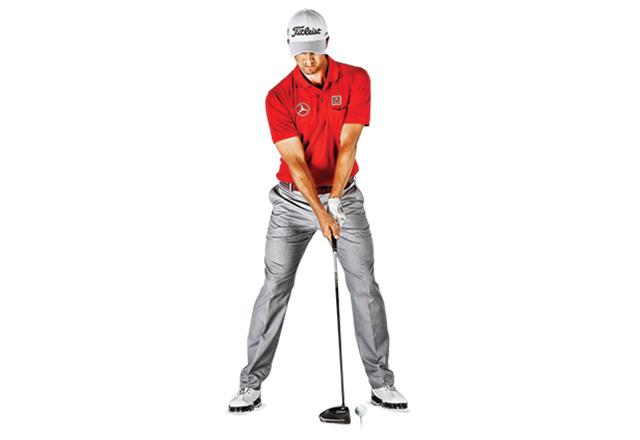












Tom
Apr 19, 2024 at 1:52 pm
How is it possible for the right shoulder not to be lower at address if the right hand is below the l eft on the club?
Loui Cuppari
Aug 13, 2016 at 5:34 pm
I’ve been working on scapula control and upper arm connection for about a year now and ball striking has improved considerably after 30 odd years of frustration. I believe setting the right scapula is the main key along with connection of the upper left arm.
I think getting this scapula/upper arm control or bracing/setting right is the swing of the future.
Allan
Feb 10, 2016 at 2:05 pm
I agree with Chris. It is not super clear to me what is correct and exactly why the scapula is having such a dramatic impact of club face at impact.
Lou
Mar 19, 2016 at 12:50 am
I believe it allows you to control the lift of the club and horizontal movement (thoracic rotation) using just your “scap muscles”….Doing this gives you a better awareness of the club face is throughout the swing because you won’t be using your hands for rerouting the club head into a proper inside path….the hands can do their job of just controlling the dynamic loft and face position (the handle)….
Mike
Jan 27, 2016 at 8:31 pm
I’ve been working out with the Golf fit regimen for a 6 months and it’s really helped my rotation and flexibility. I’m 63 and my game is improving from 22 to 15 handicap over this past year. I didn’t buy this tubing thingy because I think it’s over priced and you can do it with tubing loops effectively. I just want to say that they are knowledgeable and have helped my game.
Chris
Jan 25, 2016 at 10:48 am
If internal rotation is bad, does that mean the shoulder should be externally rotated at address or during the swing? It is unclear to me from the article what the correct movement is. Any elaboration? Thanks.
rob campbell
Jan 25, 2016 at 9:46 am
If a top 100 player has been working on “scapula stability” for 5 years and hasn’t got it right, why would any normal person think this idea is worth his time? You’ve taken a wrong turn.
Ne26
Jan 24, 2016 at 10:48 am
Sooooo turns out to be another article written by someone pushing their own product.
WRX is rolling in that advertising money.
Billy
Jan 25, 2016 at 8:49 am
Why not?? Seems like you don’t quite understand the article(which is quite interesting)… Lame response